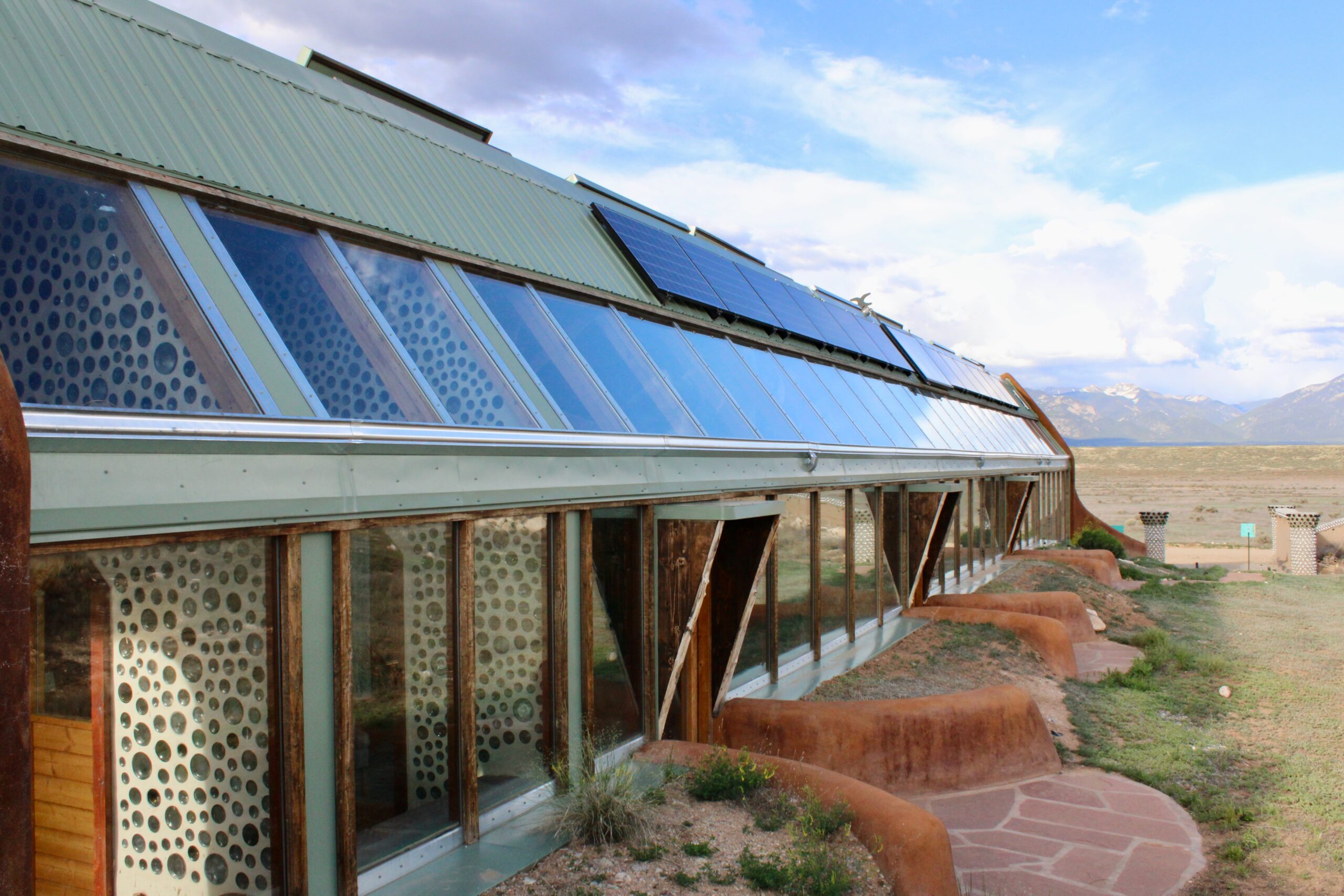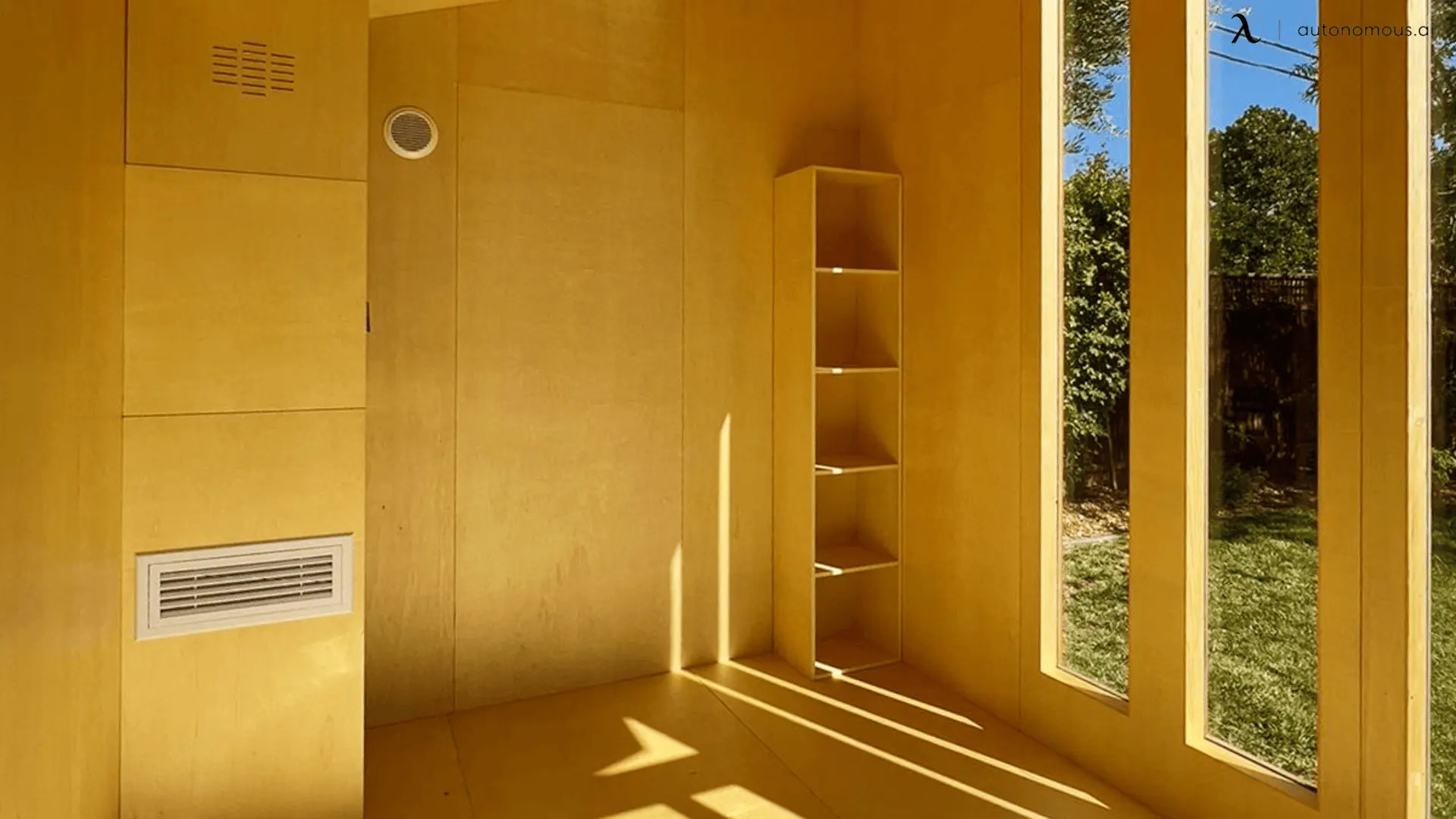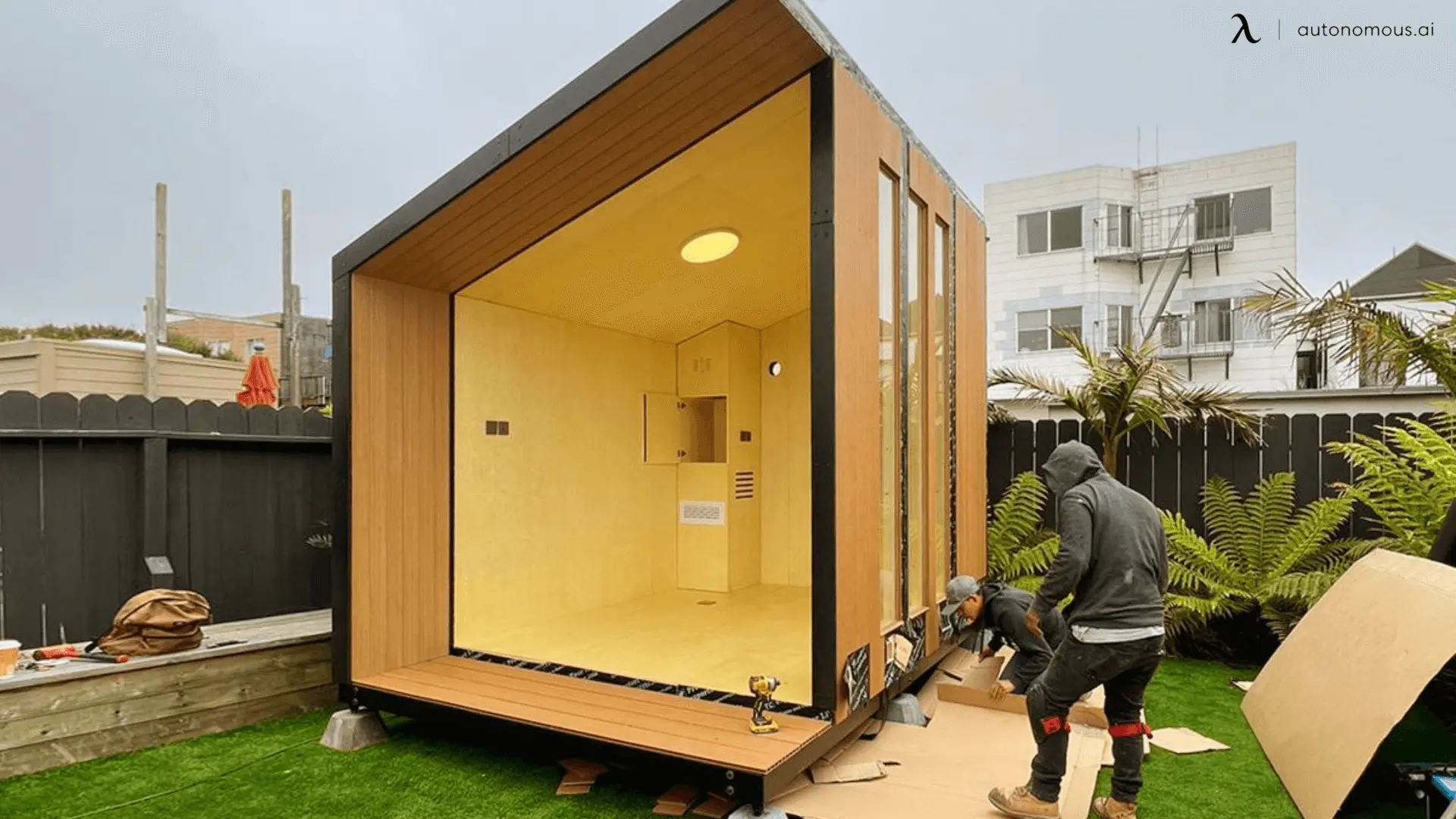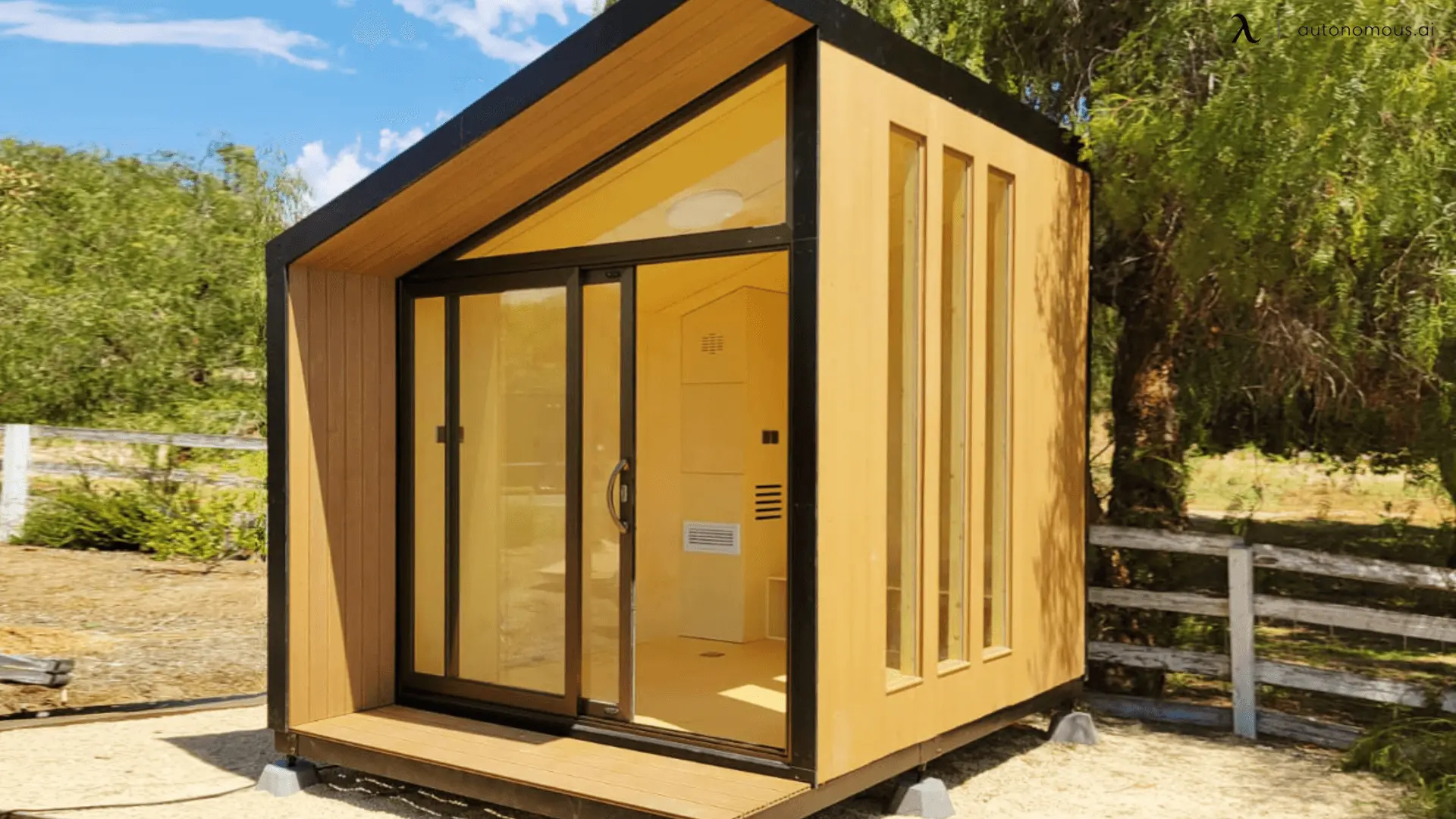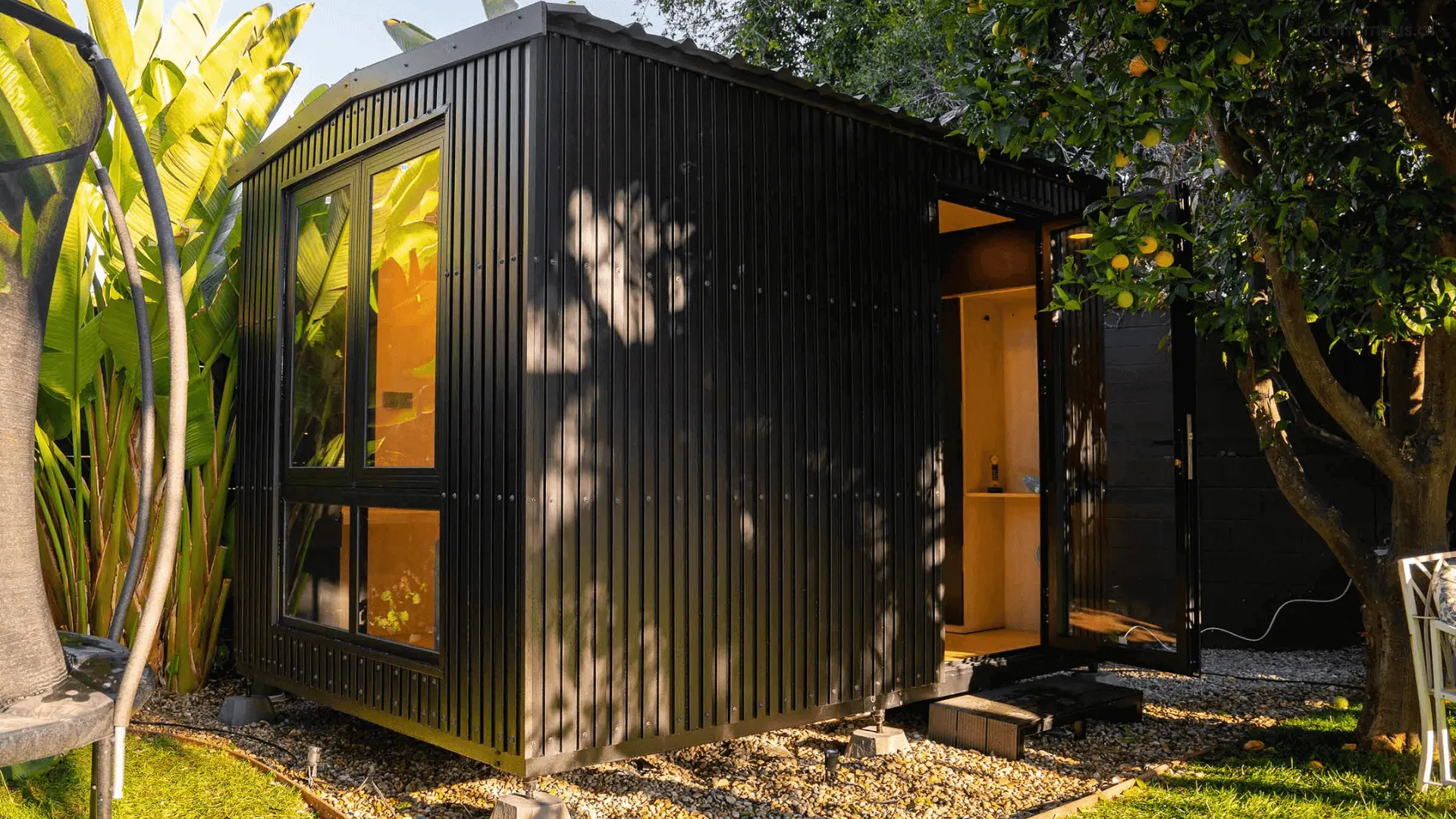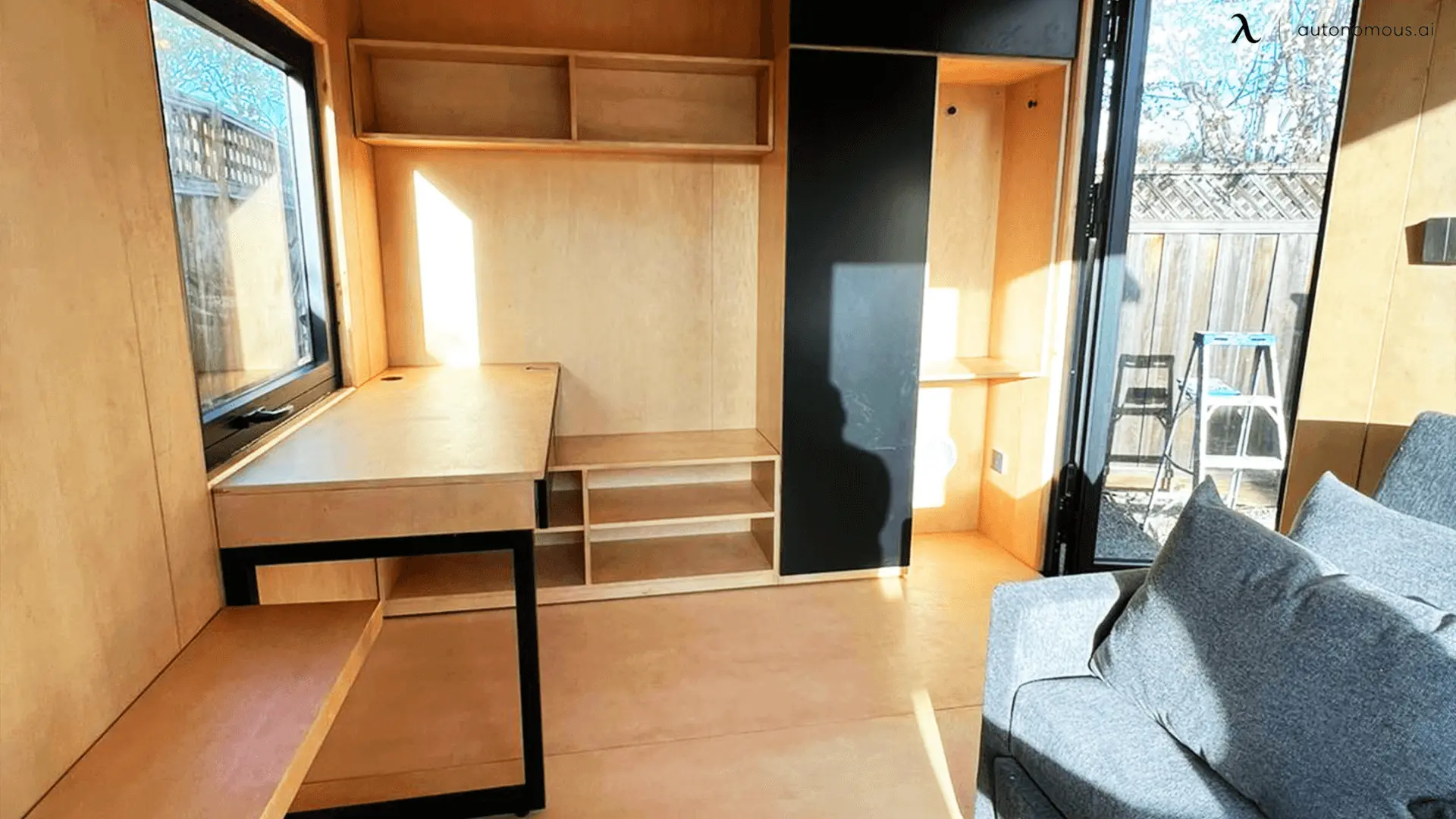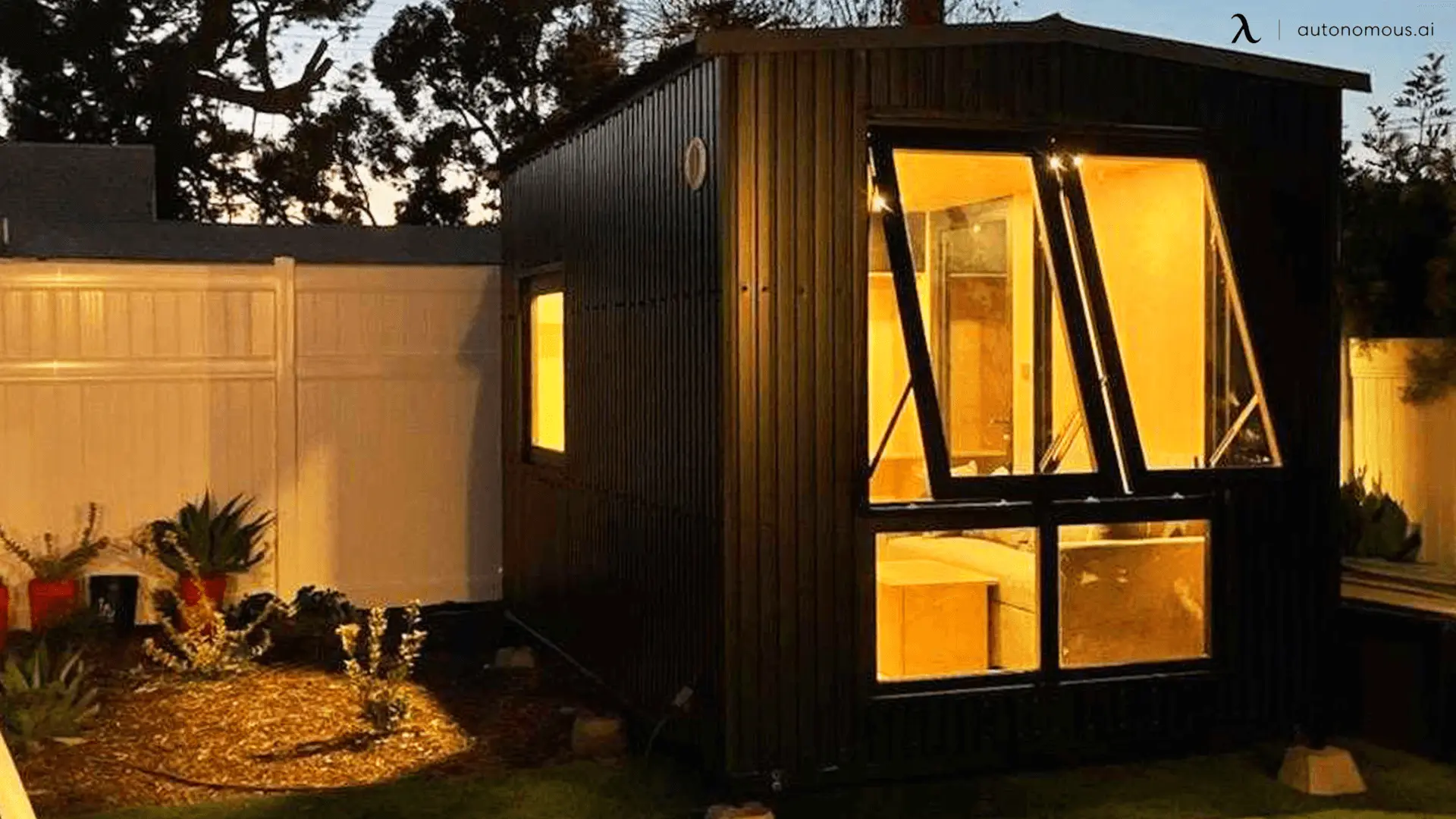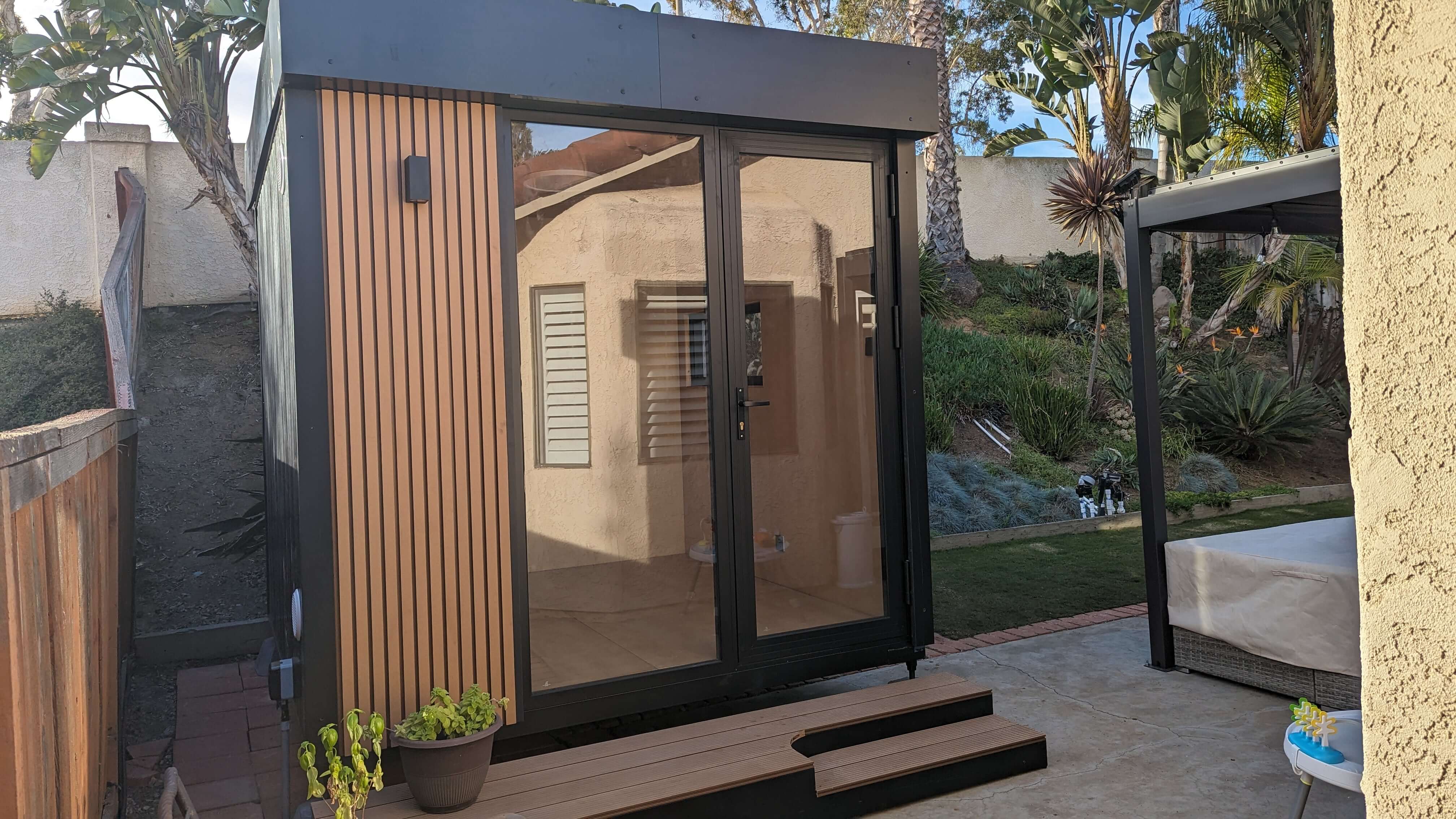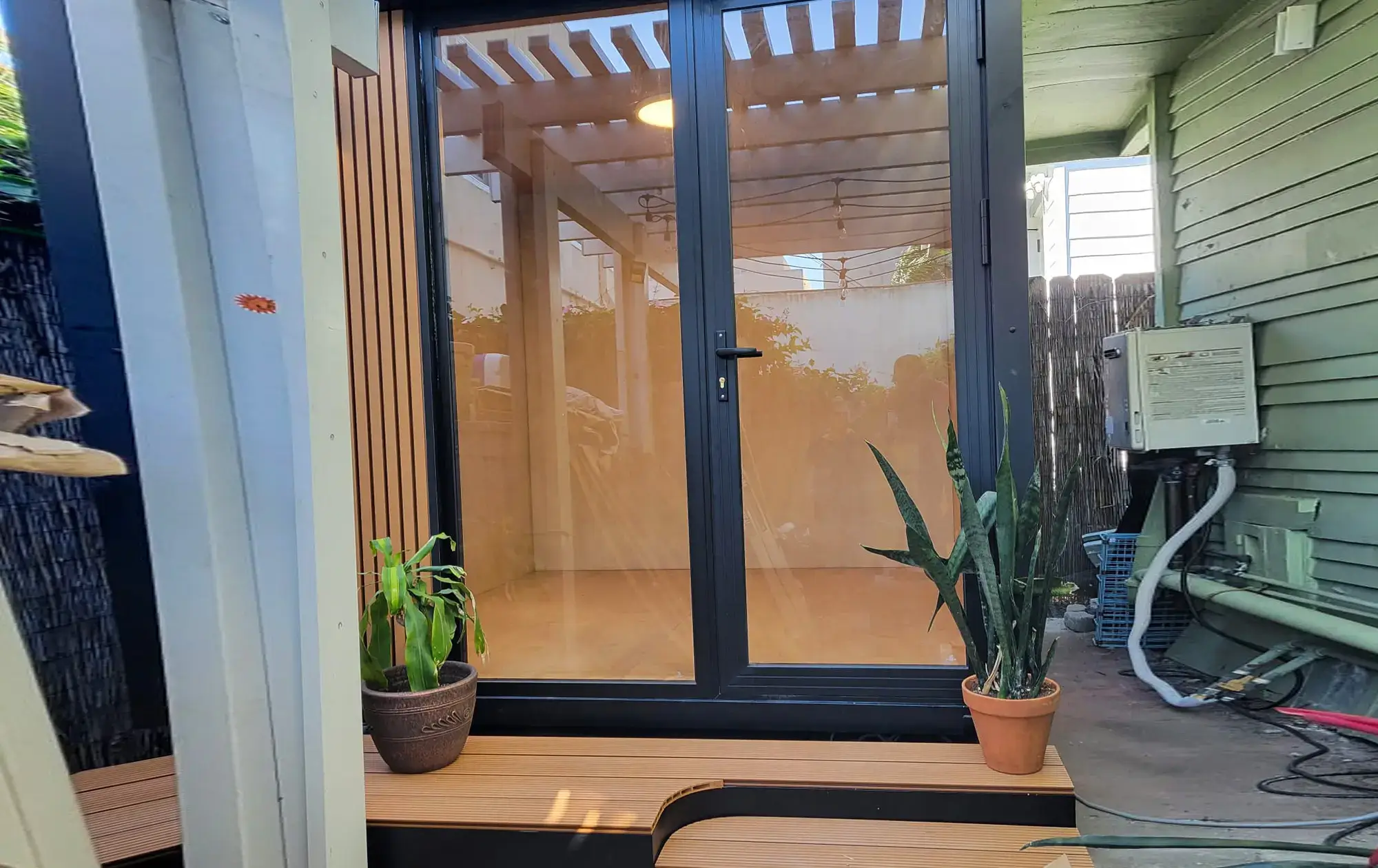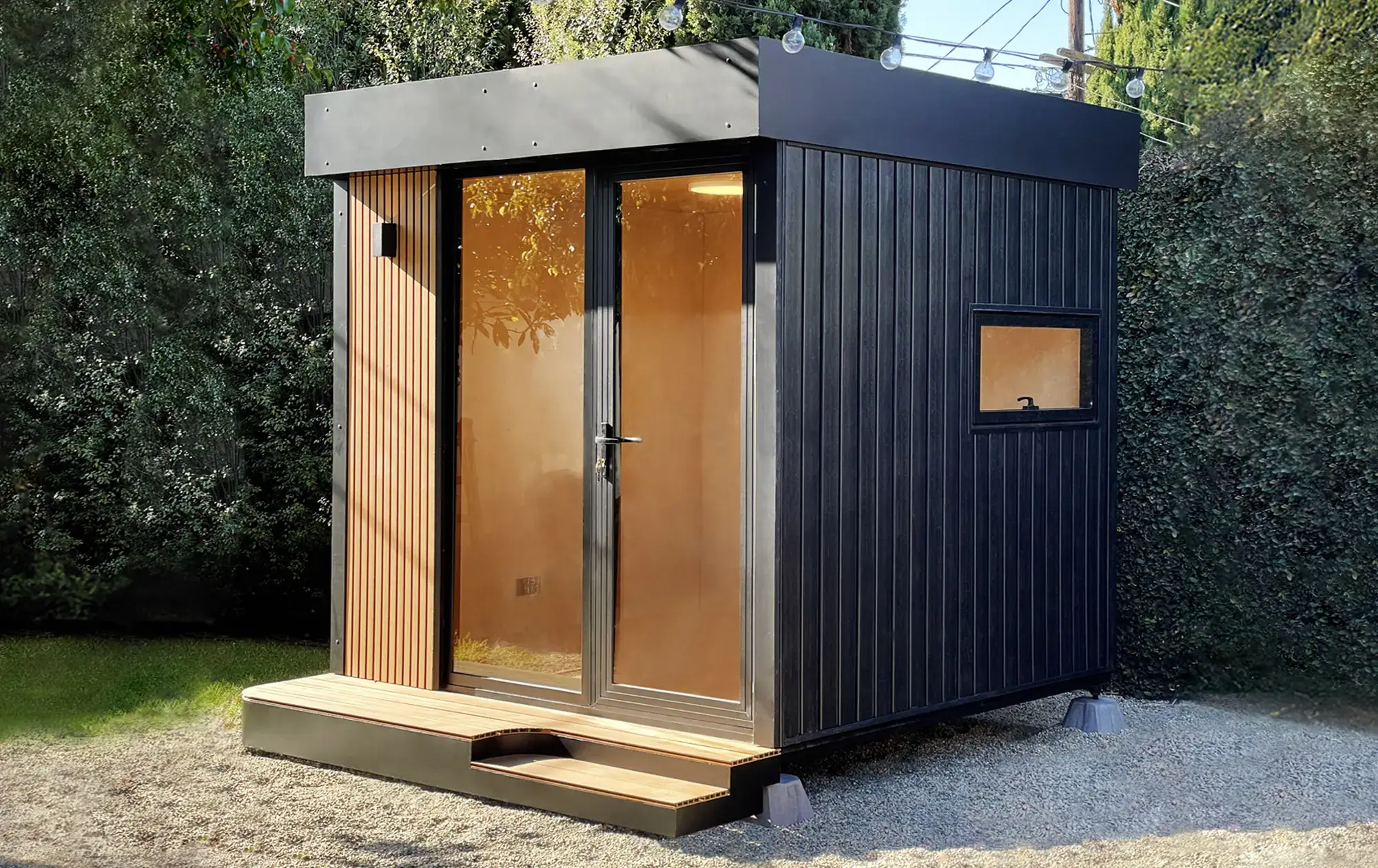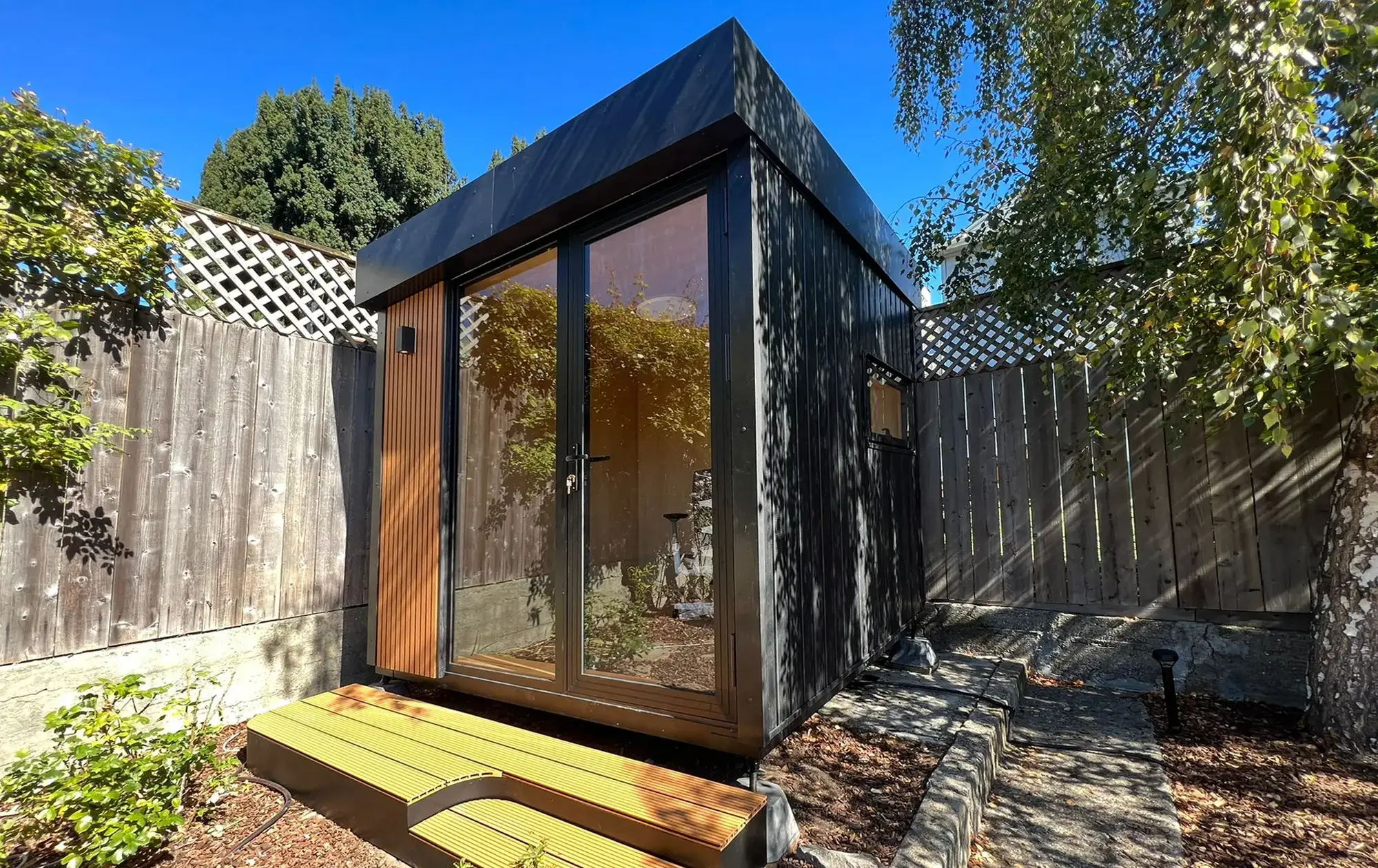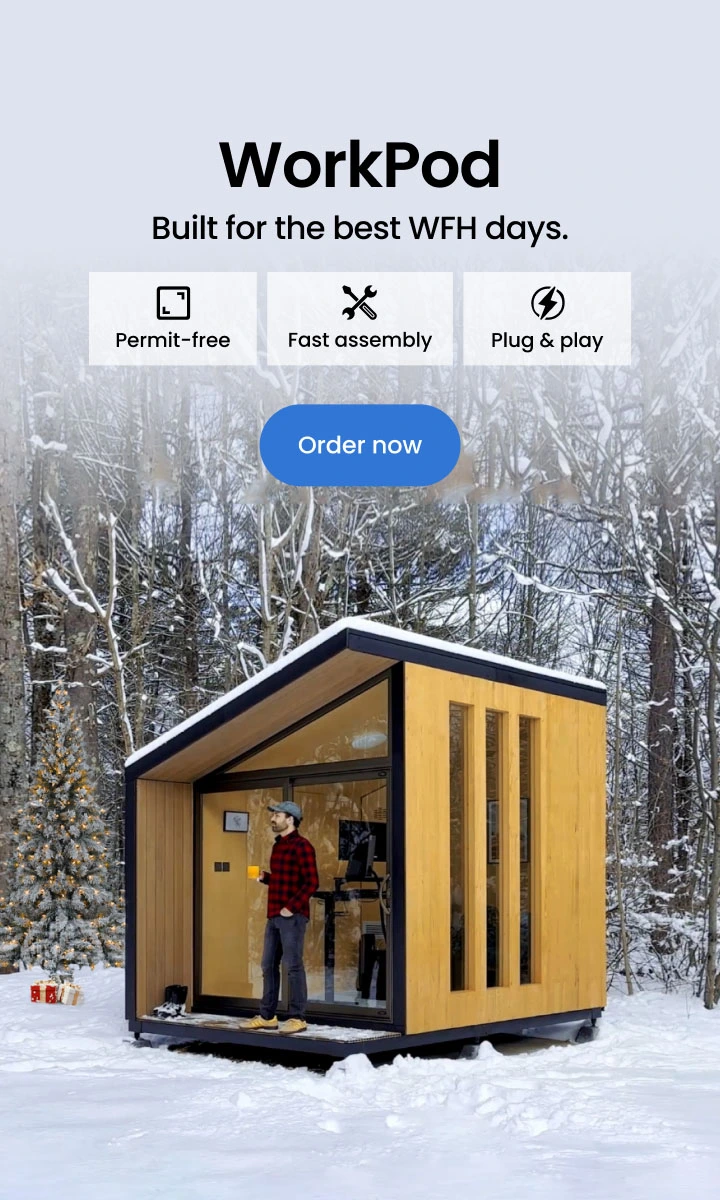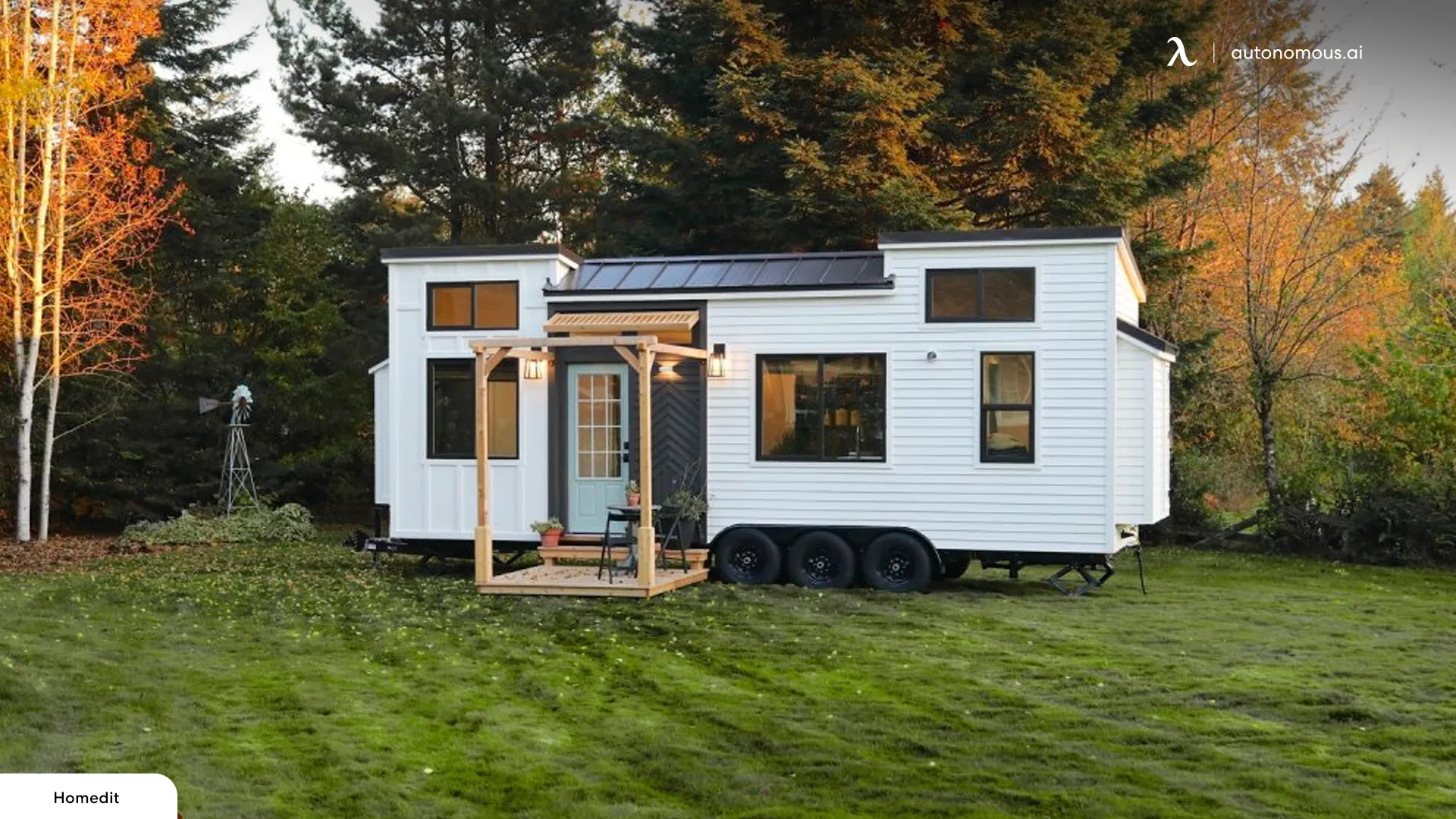
Tiny Homes in New Mexico: Builders and Laws
Table of Contents
The tiny house movement has taken the world by storm, offering people the opportunity to live more simply and sustainably. In New Mexico, where stunning landscapes and a desire for off-grid living attract many, tiny homes are becoming a popular housing solution. In this guide, we'll explore the benefits of tiny house living in New Mexico, the top tiny home builders, and the legal regulations you need to know before building or buying your dream tiny home.
Why Choose a Tiny House in New Mexico?
New Mexico is an ideal place for tiny house living due to its diverse landscape, affordable land, and potential for off-grid sustainability. Whether you’re drawn to the minimalist lifestyle or are looking for an affordable way to downsize home, a tiny home can provide a great opportunity to embrace the state's natural beauty while living more sustainably.
Tiny houses in New Mexico also offer financial benefits, allowing homeowners to save money on housing costs, reduce energy usage, and live more affordably. Whether you’re setting up your home in a rural area or on a small city plot, tiny homes are flexible and affordable. For more information on the broader tiny house movement and its benefits.
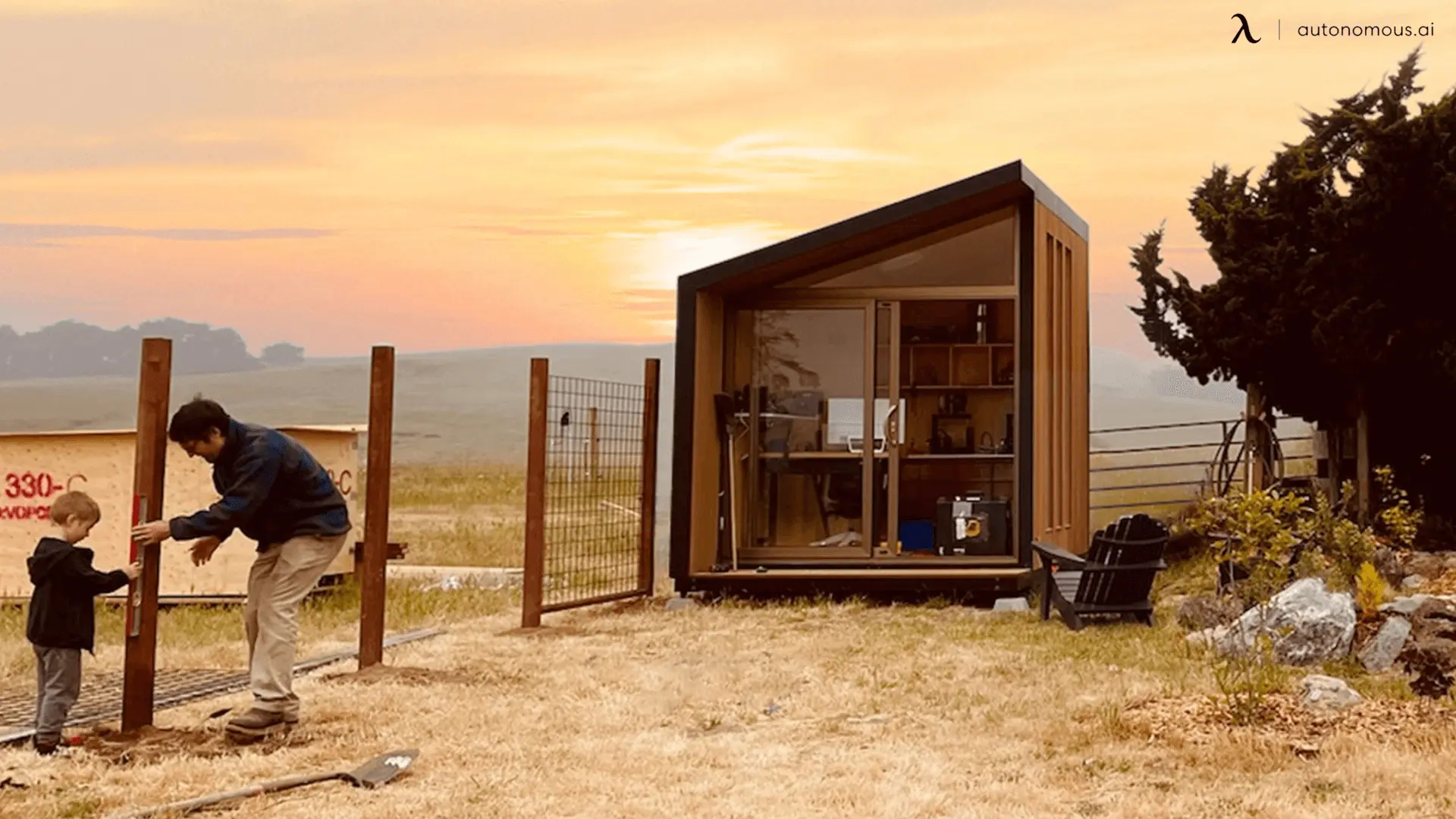
Top Tiny House Builders in New Mexico
If you’re considering building or purchasing a tiny home, finding the right builder is essential. New Mexico offers a variety of reputable tiny home builders who specialize in crafting custom designs or offering prefabricated models.
1. Southwest Tiny Homes
Southwest Tiny Homes is known for its custom designs tailored to the Southwestern climate. Their homes range from mobile tiny homes to permanent dwellings that meet local building codes. They offer flexible options for customization, ensuring that your tiny house meets your specific needs.
2. Tumbleweed Tiny House Company
Tumbleweed Tiny House Company is one of the most recognized tiny house builders nationwide, with options available in New Mexico. They offer both DIY kits and fully built tiny homes, giving you the flexibility to construct your own home or have it professionally built. Their homes are known for their craftsmanship and sustainability.
3. New Mexico Earthships
New Mexico's vast landscapes and sunny weather make it ideal for off-grid living. Many tiny homes are designed with sustainability in mind, using solar panels, rainwater collection systems, and composting toilets. With the proper design, you can reduce your environmental footprint and live independently from traditional utilities.
For those interested in off-grid and sustainable living, New Mexico Earthships is a unique option. These homes are built from natural and recycled materials and are designed to be energy-efficient, using passive solar heating and rainwater harvesting. While not a traditional tiny home builder, Earthships offer small, eco-friendly homes that are perfect for off-grid living in New Mexico.
Explore permanent tiny home communities that are popping up across the U.S. to see how tiny homes are becoming part of more established neighborhoods.
4. Prefab Tiny Homes in New Mexico
Prefab tiny homes offer a cost-effective, quick solution for those looking to live small without the hassle of a custom build. New Mexico’s open spaces and affordability make tiny homes an excellent choice for those seeking convenience and sustainability.
Autonomous WorkPods and ADUs are perfect solutions for those wanting to add a tiny home or workspace to their property. These modular, customizable units are designed for efficiency, quick installation, and adaptability to different environments. Whether you’re looking for a compact tiny office or a fully functional living space, Autonomous ADUs provide the flexibility you need to enjoy tiny home living in New Mexico.
Their modern design and energy efficiency make them ideal for both urban and rural settings, and they can be customized to suit your needs—whether for living, working, or as a small guest house.
In addition, New Mexico modular homes also offer a great balance between affordability and customization, allowing you to build a home quickly without compromising on quality.
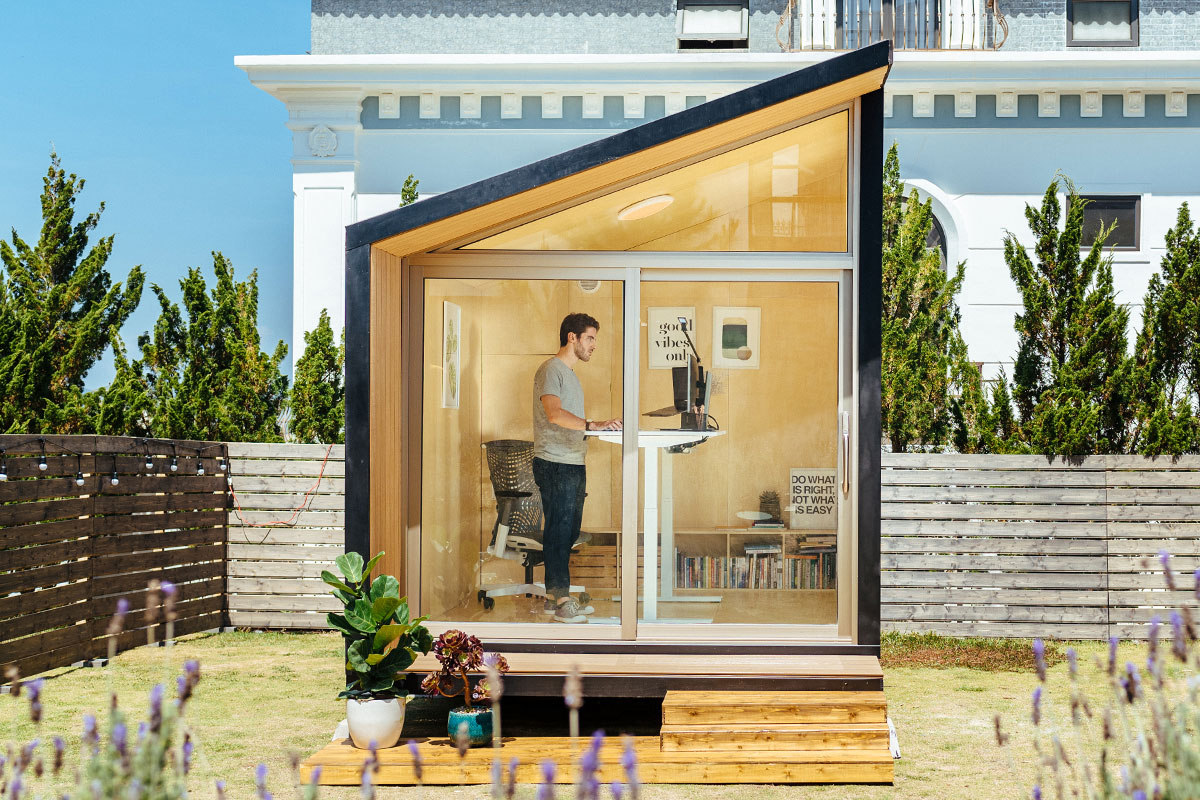
WorkPod
| Overall size | 8.5’W x 12’L x 11’H |
| Floorspace | 102 square feet |
| Ceiling height | 6.8’ to 9.3’ |
| Weight capacity | 2.9 tons |
| Door & Window dimensions, material (include glass) | Main door: 7.5’W x 6.8'H 3 windows: 1.1’W x 7.9’H Window material: Wooden frame, 5/16” tempered glass, composite wood cover Door material: Anodized aluminum frame, 5/16” tempered glass |
| Siding, roof, floor & balcony material | Siding: Plywood 1/2”, wooden frame, honeycomb paper, plywood 3/8”, bitume, housewrap, vinyl siding Roof: Roof shingles Floor: Plywood Balcony: Composite wood |
| Electrical devices | 1 RCB (Residual current breaker) 3 Wall outlet (Universal wall sockets) 1 Ceiling light switch 1 Ceiling light 1 Ventilator switch 1 Ventilator 66ft power cable with 2 connectors |
| Power input | Maximum voltage: 110V AC (US standard) Maximum current: 25A Maximum power dissipation: 2750W |
| Interior furniture | Unfurnished option: 1 Bookshelf, 1 Electrical Cabinet Furnished option: 1 Autonomous Desk, 1 ErgoChair Ultra, 1 Monitor Arm, 1 Cable Tray, 1 Filing Cabinet, 1 Anti-Fatigue Mat, 1 Bookshelf, 1 Electrical Cabinet |
| Compatible with | Portable air conditioner: A/C units with dimensions smaller than 22” L x 20” W x 88” H and a 5.9” vent hole diameter will fit well. Heater: A small personal heater is more than sufficient. |
- Handy homeowners
- Professionals who need a quiet, dedicated space to work from home
- Freelancers who require a focused environment away from household distractions
- Permit-free
- Zero foundation preparation
- Built with weatherproof and soundproof materials
- Pre-wired with ambient lighting and outlets
- Ready in 3 days
- Requires sufficient outdoor space which may not be available to everyone
- May require additional setup for internet and other connectivity
General Regulations for Tiny Homes in New Mexico
In New Mexico, the regulations around tiny homes vary by county and municipality. However, the state has shown a growing acceptance of tiny homes as affordable housing options, particularly in rural areas. Tiny homes are typically defined as homes that are 400 square feet or less, and they can either be on wheels (classified as recreational vehicles) or built on a permanent foundation (classified as a dwelling). Here’s an overview of key regulations and how they vary.
- Zoning and Land Use
Zoning laws play a significant role in determining whether a tiny home is allowed in a specific area. Some counties have more flexible zoning rules, especially in rural regions, while urban areas tend to be stricter.
Tiny homes on wheels are often categorized as RVs, and some municipalities only allow them in designated RV parks or campgrounds.
Tiny homes on permanent foundations are generally treated like any other home, but there may be minimum square footage requirements or restrictions related to utilities.
- Building Codes
Tiny homes on foundations must comply with the New Mexico Residential Code, which is based on the International Residential Code (IRC). This includes safety standards like plumbing, electrical, insulation, and structural integrity.
Tiny homes on wheels are typically subject to the RV Industry Association (RVIA) standards, but local zoning laws determine where they can be parked or lived in permanently.
- Minimum Dwelling Size
Some New Mexico counties have minimum square footage requirements for homes (typically 600-1,000 square feet). This could prevent tiny homes from being built in certain zones unless special permits or variances are granted.
There is movement in some areas to reduce or waive minimum dwelling sizes to accommodate tiny home living, but this depends on the locality. For a detailed guide on tiny house dimensions and how they impact your home’s layout and design, check out this resource.
Counties in New Mexico That Allow Tiny Homes
1. Santa Fe County
One of the most progressive counties regarding tiny homes. Santa Fe permits tiny homes on both wheels and foundations, but they must meet specific zoning and building code requirements.
In some cases, tiny homes on wheels are allowed if they comply with RV standards, though long-term living may require a special permit.
In rural areas, there’s more flexibility regarding off-grid living and alternative building methods.
2. Bernalillo County (Albuquerque Area)
Bernalillo County has more restrictive zoning rules in urban areas, but rural areas offer more options.
Tiny homes on foundations must meet local building codes and minimum size requirements. Tiny homes on wheels are more restricted and may only be allowed in designated RV parks or under temporary permits.
3. Taos County
Tiny homes are becoming increasingly popular in Taos County, which has a reputation for supporting alternative housing, including Earthships and other sustainable dwellings.
In rural areas of Taos, tiny homes on foundations and wheels are allowed with certain zoning variances.
The county has been working on amending its codes to be more friendly to tiny house living.
4. Doña Ana County (Las Cruces Area)
Doña Ana County has taken steps to accommodate tiny home living, particularly in rural and agricultural areas.
Tiny homes on wheels may be subject to RV rules, but permanent tiny homes can be built as long as they meet the IRC and local building codes.
5. Rio Arriba County
There is more flexibility for tiny homes in rural Rio Arriba County, especially for off-grid homes.
Tiny homes on foundations are more likely to be accepted, while homes on wheels may face restrictions similar to RVs.
FAQs
1. Are tiny homes legal in New Mexico?
Yes, tiny homes are legal in New Mexico, but the regulations vary depending on whether your home is on wheels or a permanent foundation. Tiny homes on wheels (THOWs) are usually classified as RVs and may only be allowed in RV parks or certain rural areas. Tiny homes on foundations are subject to local building codes and zoning laws, which may include minimum square footage requirements.
2. How much does it cost to build a tiny house in New Mexico?
Building a tiny home in New Mexico can be an affordable option, but costs vary depending on whether you choose a custom build or DIY project. On average, a tiny house can cost anywhere between $20,000 and $100,000, depending on the size, materials, and level of customization.
For a more detailed breakdown of expenses, read this guide on how much it costs to build a tiny house.
3. Can I live off-grid in a tiny house in New Mexico?
Yes, off-grid living is a popular option for tiny house owners in New Mexico, thanks to the state’s abundant sunshine and open land. Many tiny homes can be equipped with solar panels, rainwater collection systems, and composting toilets for a fully sustainable, independent lifestyle.
4. What are the zoning regulations for tiny homes in New Mexico?
Zoning regulations in New Mexico vary by county and city. Tiny homes on wheels often face more restrictions, especially in urban areas, where they may only be allowed in RV parks. Tiny homes on foundations generally have fewer restrictions but may be subject to minimum lot sizes, utility hookups, and square footage requirements.
5. What is the difference between a prefab tiny home and a custom-built tiny home?
Prefab tiny homes are constructed in a factory and then transported to your site for assembly, offering a quicker and often more affordable option. Custom-built tiny homes, on the other hand, are designed and constructed on-site, offering more flexibility in design but generally at a higher cost and longer build time. For a list of cheap tiny home alternatives, this guide offers creative solutions for budget-conscious buyers.
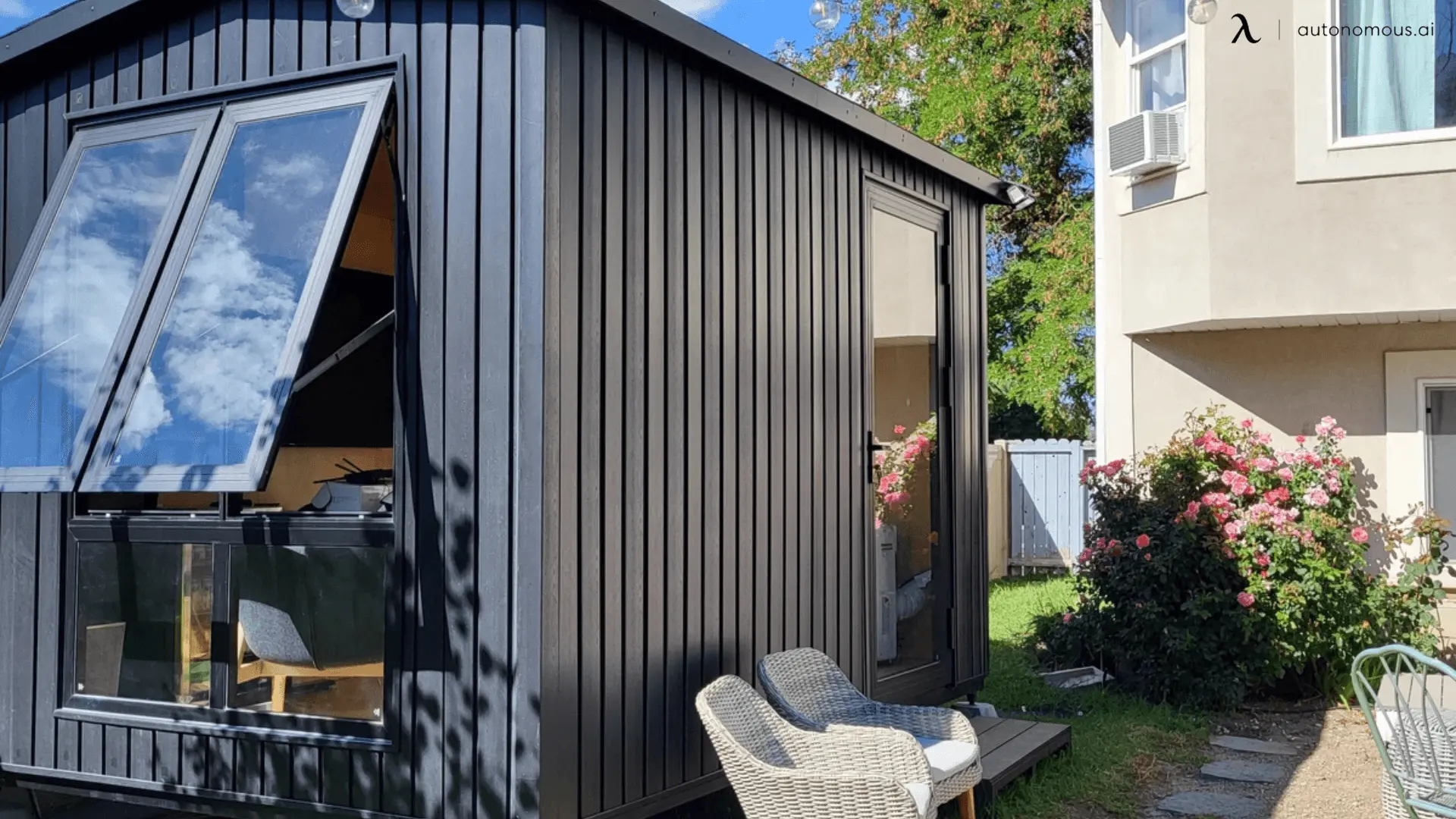
Conclusion
New Mexico is a great place to embrace the tiny house lifestyle, whether you’re interested in a custom build or a prefab solution like Autonomous WorkPods. With its beautiful landscapes, affordable land, and a growing number of tiny home builders, New Mexico offers endless possibilities for those looking to downsize and live more sustainably.
Before getting started, be sure to understand the local zoning laws and building codes to ensure that your tiny home meets all legal requirements. Explore your options, connect with builders, and start planning your tiny home in the Land of Enchantment today!
Spread the word
.svg)




